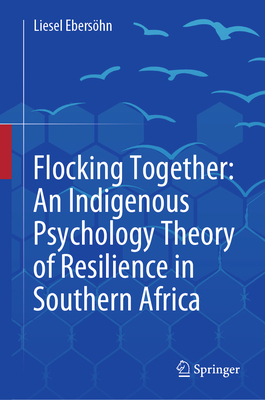The First and Last Bank: Climate Change, Currency, and a New Carbon Commons
暫譯: 第一與最後的銀行:氣候變遷、貨幣與新的碳共同體
Peebles, Gustav, Luzzatto, Benjamin
相關主題
商品描述
A groundbreaking approach to currency and community that may allow us to seize carbon from the atmosphere--and offer a new tool in the fight against climate change. Through the ages, currencies have been based on all manner of objects--from tobacco leaves to salt to gold to collateralized debt obligations. The only thing that this odd assortment of objects shares is the communal belief that these objects could harness and direct economic growth--that they were, in a sense, fertile. In The First and Last Bank, Gustav Peebles and Ben Luzzatto propose that atmospheric carbon could be seen anew as fertile in this same sense. In other words, carbon, rather than loom as waste in our skies, could instead be "drawn down" to the earth by millions of currency users and the communally owned banks they rely on, where it could serve as a foundation of new biological life. Seeing currency as a powerful tool for collective action, the authors argue that dovetailing developments in digital currencies and the biosequestration of carbon have, together, made a new and radical intervention in the climate battle possible: a nonproprietary currency backed by sequestered carbon. This new currency would be managed via Wikipedia-style open-source policies that privilege sustainability and equity over endless growth and pollution. Because it is backed by sequestered carbon, the use of the currency would draw gaseous carbon out of the atmosphere and push it back into the ground, following the exact same trajectory as gold during the era of the international gold standard. While it is no silver bullet, such a currency would act as a necessary complement to wide-scale mitigation efforts, at the same time engaging ordinary citizens in the fight to reduce the dangerous levels of carbon in our atmosphere.
商品描述(中文翻譯)
一種開創性的貨幣與社群方法,可能使我們能夠從大氣中捕捉碳,並為對抗氣候變遷提供一種新工具。
歷史上,貨幣的基礎各式各樣——從煙草葉到鹽,再到黃金和擔保債務憑證。這些奇特物品唯一的共同點在於,社群相信這些物品能夠驅動和引導經濟增長——在某種意義上,它們是肥沃的。在《第一與最後的銀行》中,Gustav Peebles 和 Ben Luzzatto 提出,大氣中的碳可以被重新視為同樣的肥沃。換句話說,碳不再是我們天空中的廢物,而是可以被數百萬貨幣使用者及其依賴的社群擁有的銀行「吸引」回到地球,成為新生物生命的基礎。
作者認為,將貨幣視為集體行動的強大工具,數位貨幣的發展與碳的生物封存相結合,使得在氣候戰鬥中出現一種新的激進干預成為可能:一種由封存碳支持的非專有貨幣。這種新貨幣將通過類似維基百科的開源政策進行管理,優先考慮可持續性和公平,而非無止境的增長和污染。由於它是由封存碳支持,使用這種貨幣將從大氣中抽取氣態碳,並將其推回地下,遵循與國際金本位時代黃金相同的軌跡。雖然這不是萬能的解決方案,但這種貨幣將作為大規模減緩努力的必要補充,同時讓普通公民參與減少我們大氣中危險碳水平的鬥爭。
作者簡介
Gustav Peebles is Associate Professor of Anthropology at the University of Stockholm. His research is focused on the history of monetary policy. Ben Luzzatto is an interdisciplinary artist and professor at the Maryland Institute College of Art in Baltimore. His work draws from a variety of fields, including sculpture, ecology, architecture, and object design.
作者簡介(中文翻譯)
古斯塔夫·皮布爾斯(Gustav Peebles)是斯德哥爾摩大學的人類學副教授。他的研究專注於貨幣政策的歷史。
本·盧扎托(Ben Luzzatto)是一位跨學科的藝術家及巴爾的摩馬里蘭藝術學院的教授。他的作品汲取了多個領域的靈感,包括雕塑、生態學、建築和物件設計。











